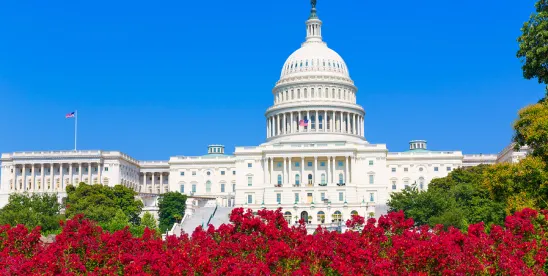Given the introduction of the ‘NO FAKES’ Act by a bi-partisan group of senators within days of U.S. Copyright Office’s release of its digital replicas report asserting an “urgent need” for more cohesive protections at the federal level, it’s clear that momentum is building for federal oversight in the realm of deepfake and digital replication technology. This legislative effort is intertwined with broader national and global discussions about AI’s impact on privacy, intellectual property, and personal identity, alongside existing gaps in enforceable protections.
Navigating the fragmented landscape of state right of publicity laws has long posed significant challenges for individuals and companies operating across the U.S. Each state’s approach to the right of publicity—which protects against unauthorized commercial use of an individual’s identity, such as their name, image, voice or likeness—varies considerably. Some states offer robust protections under statutory law, others under common law or case law, and a few under a combination of the three, while several states do not offer any such protections at all. This inconsistency creates a complex legal environment, particularly for artists, creators, and rights holders engaged in national operations, requiring them to navigate a patchwork of regulations that differ from one state to another.
In response to the evolving technological landscape and perceived shortcomings of existing regulation, the draft ‘NO FAKES’ Act proposes to establish a federal intellectual property right in one’s voice and visual likeness, echoing recommendations in the Copyright Office’s report. Here is an overview of some of the key proposals.
Key Provisions of the ‘NO FAKES’ Act
Definition and Rights: The act defines a digital replica as “a newly-created, computer-generated, highly realistic electronic representation that is readily identifiable as the voice or visual likeness of an individual…” It grants individuals the exclusive right to authorize the use of their voice or visual likeness in a digital replicas.
Assignability: No assignment of digital replication rights during an individual’s lifetime. This restriction on assignability is likely designed to protect artists and creators, often with limited leverage, from being pressured into transferring their digital replica rights, thereby permanently losing control over how their voice and image are used.
Licensing: Rights may be licensed but license duration must not exceed 10 years for living individuals. This would not apply to licenses governed by a collective bargaining agreement that already provides protection with respect to digital replicas.
Post-Mortem Rights: The bill extends the control over one’s digital likeness beyond their lifetime, ranging from a minimum of 10 years to a maximum of 70 years post-mortem. The initial 10 year term may be extended for additional 5 year periods if the right holder demonstrates ongoing commercial use within the 2 years prior to the end of the then-current period and complies with the registration requirements to be established by the Copyright Office.
Safe Harbor: Modeled after the DMCA, the act includes a safe harbor provision allowing online platforms to avoid liability if they remove unauthorized digital replicas as soon as technically and practically feasible upon receiving a takedown notice.
Balancing First Amendment Concerns: No violation if the digital replica is used in bona fide news, public affairs, sports broadcasts, documentaries, or historical/biographical portrayals, commentary, criticism, scholarship, satire, parody, etc.
The draft language of the proposed legislation is poised for significant debate around its interpretation and enforcement mechanisms. While it remains uncertain whether the act will pass, the outcome of this legislative process may significantly influence how digital identities are used and controlled in the modern era, shaping the discourse on digital rights and setting precedents for future technological and legal governance. It is one crucial step toward more predictable and robust legal frameworks that can adapt to technological advances, particularly as AI technology continues to evolve at a breakneck pace.


 />i
/>i
